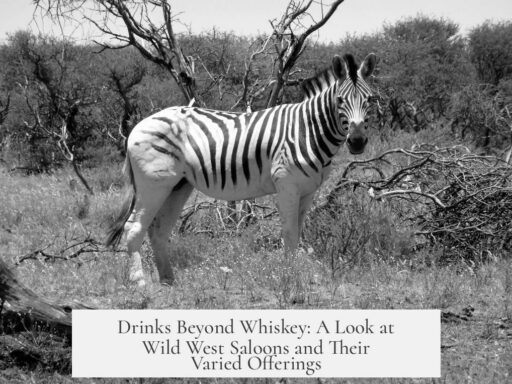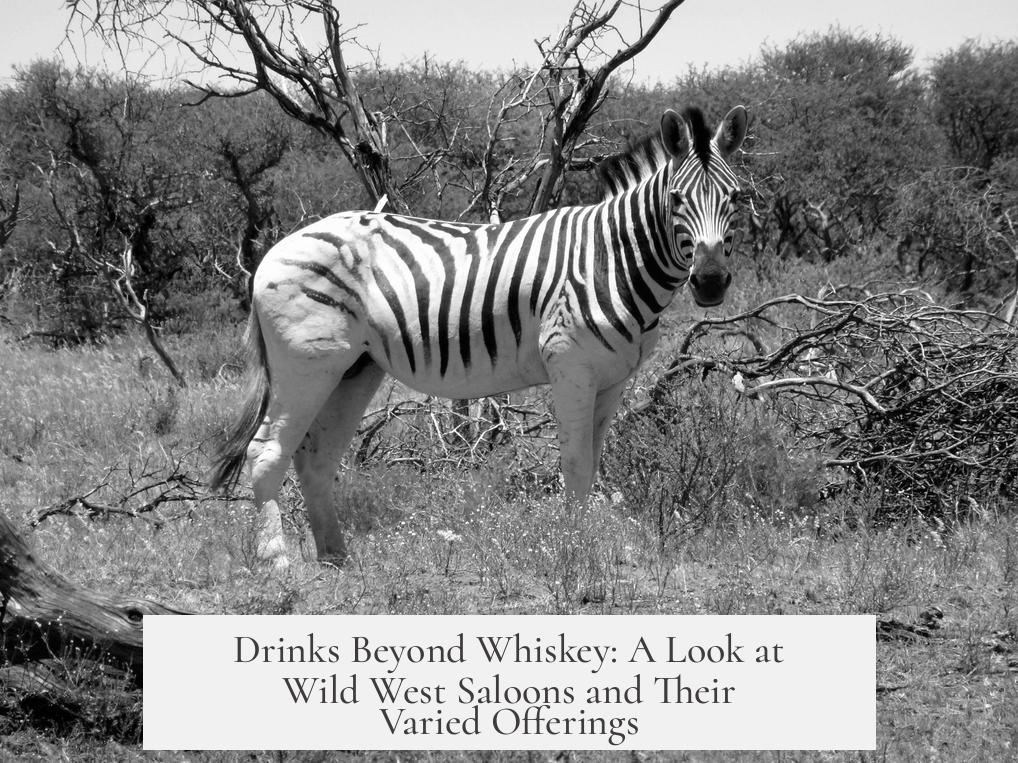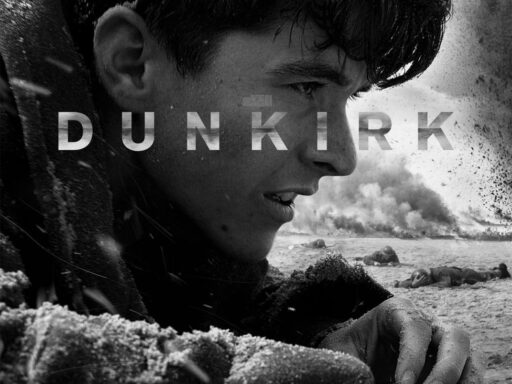People drank much more than whiskey in Wild West saloons. These establishments served diverse beverages like beer, wine, gin, and non-alcoholic mixers that shaped social life.
Beer was especially popular. Ceramic Glasgow ale bottles were commonly seen. Many saloons had contracts with breweries and offered beer on tap. These places often called themselves “brewery saloons” to highlight this feature. The average American’s beer consumption rose significantly from 2.7 gallons in 1850 to about 30 gallons by 1911.
Famous beer brands like Anheuser-Busch, Pabst, and Schlitz, which all emerged around the Civil War, could have appeared in late 19th-century saloons. For example, the TV show Deadwood, set in the 1870s, would be more accurate if it showed such beers on tap.
Wine was also widely available. Bottles of Port and champagne appeared in primary documents from the period, and saloons frequently stocked these wines alongside stronger spirits.
Besides whiskey, gin was another common distilled liquor. Earlier in American history, rum and cider were popular choices, especially before 1770. After the American Revolution, rum became scarce due to lost access to British imports. Scottish and Irish immigrants began producing whiskey in large amounts to fill the gap. The average American consumed up to 7 gallons of distilled liquor yearly around 1830. However, whiskey and other hard liquors declined in popularity after the 1850s, partly because of temperance movements and a rising preference for German-style beers brought by immigrants.
Saloons also served non-alcoholic drinks and drink mixers. Bottles of ginger were common. Ginger likely mixed with beer or whiskey to create different flavors. Soda water was frequently available. In some German-owned saloons, mineral water imported from Germany was prized. One such saloon even had a carbon water filter from London (purchased in 1863) to provide clean water for patrons.
Remote mining towns proved crucial for saloon supply and demand. These boomtowns grew rapidly due to high demand for minerals like copper and nickel. Miners and laborers earned wages and spent cash in saloons for entertainment. Saloons required relatively little initial investment — as low as $200 — to open and could prosper in these environments. By 1897, over 250,000 liquor dealers operated nationwide.
Beyond serving drinks, saloons functioned as social hubs. They hosted political discussions, cultural exchange, and community bonding for working-class men. Many saloons doubled as grocery or general stores, providing goods beyond alcohol. Additionally, saloons and prostitution often intertwined in these towns, with alcohol and narcotics playing roles in those industries.
| Drink Type | Description and Role |
|---|---|
| Beer | Widely consumed; brewery contracts provided beer on tap; brands like Anheuser-Busch common post-Civil War. |
| Wine | Popular varieties included Port and champagne; often available in bottles. |
| Whiskey and Gin | Gin common alongside whiskey; whiskey production rose after Revolution due to Scottish and Irish immigrants. |
| Rum and Cider | Pre-1770 popular drinks; rum declined post-Revolution due to loss of British imports. |
| Non-Alcoholic Mixers | Ginger, soda water, and imported mineral water used as mixers or standalone drinks. |
The supply chain for alcohol reached even remote western towns through brewing companies and the national economy. Economic booms in mining encouraged entrepreneurs to open saloons. These venues served a variety of beverages, meeting demand from a growing and changing population. The saloon was more than a bar; it was a crucial part of social life.
- Beer dominated saloon beverage choices, with brewery contracts supplying taps.
- Wine, including Port and champagne, was available and popular.
- Whiskey and gin were major distilled spirits; rum and cider were more common before 1770.
- Mixers like ginger, soda water, and mineral water enhanced drinks or provided alternatives.
- Saloons served multiple social roles beyond drinking, including political debate and commerce.
What Else Did People Drink in “Wild West” Saloons?
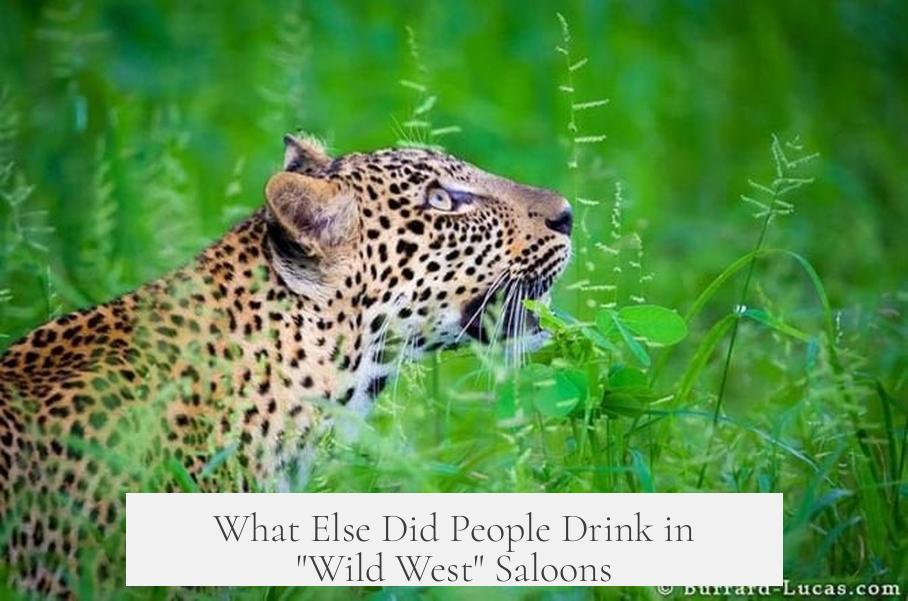
Contrary to the famous image of cowboys knocking back endless shots of whiskey, Wild West saloons poured a far richer variety of drinks. Beer, wine, gin, and even soda water found their way into glasses alongside the classic whiskey. The Old West was a far more diverse watering hole than TV shows might have you believe.
Let’s journey into those dusty saloons and explore what else was flowing from the taps and bottles beyond whiskey.
More Than Just Whiskey: A Cornucopia of Beverages
When you picture a Wild West saloon, whiskey barrels might immediately spring to mind. But beer, especially, was a giant presence.
Beer was a staple. Ceramic Glasgow ale bottles littered many a table. It wasn’t just local brews either. Many saloons had contracts with breweries and advertised themselves as “brewery saloons” to flaunt their beer-on-tap availability. Imagine walking into one of these places and seeing taps pouring Anheuser-Busch or Pabst—brands that actually got their start around the Civil War era. This detail gives a little retro-credit to shows like Deadwood—though they might’ve been even more accurate if they showed those beers on tap.
Interestingly, American beer consumption exploded between 1850 and 1911, jumping from a modest 2.7 gallons a year to a whopping 30 gallons per person. German immigrants infused the scene with their brewing traditions, shifting tastes toward beer and away from hard liquor during the late 19th century due to temperance movements and cultural influences.
Bubbly, Bold, and Bitter: Wine and Spirits Beyond Whiskey
Wine also found its place. Saloons sometimes served bottles containing Port, a fortified wine still popular during that era. Champagne even made appearances in documented accounts. Whether to celebrate a successful mining claim or to toast the day’s haul, these higher-end wines carried a certain flair.
Besides whiskey, gin enjoyed reasonable popularity. Don’t think of gin as just a modern Barbie cocktail ingredient—it was a solid player back then. The spirit lineage from the British Isles made it rather natural to have gin on hand.
How Did People Mix and Mingle Their Drinks?
Here’s a fact that might surprise you: not all Wild West drinks came straight up. Mixers and non-alcoholic accompaniments were part of the repertoire too. Ginger bottles appeared quite often. Most likely, gin or whiskey mingled with ginger ale or ginger beer, giving these hard drinks some sweet, spicy relief.
Soda water and mineral water also shows up in saloon stories, some even imported from Germany. One German saloon proudly boasted a carbon water filter from London, ensuring patrons enjoyed clean, crisp water. The presence of mineral water and soda wasn’t just a fanciful touch—they helped dilute strong spirits or provided a refreshing non-alcoholic alternative. It also showed a keen business mind in play, catering to all tastes and tolerances.
Rum, Cider, and the History Behind the Glass
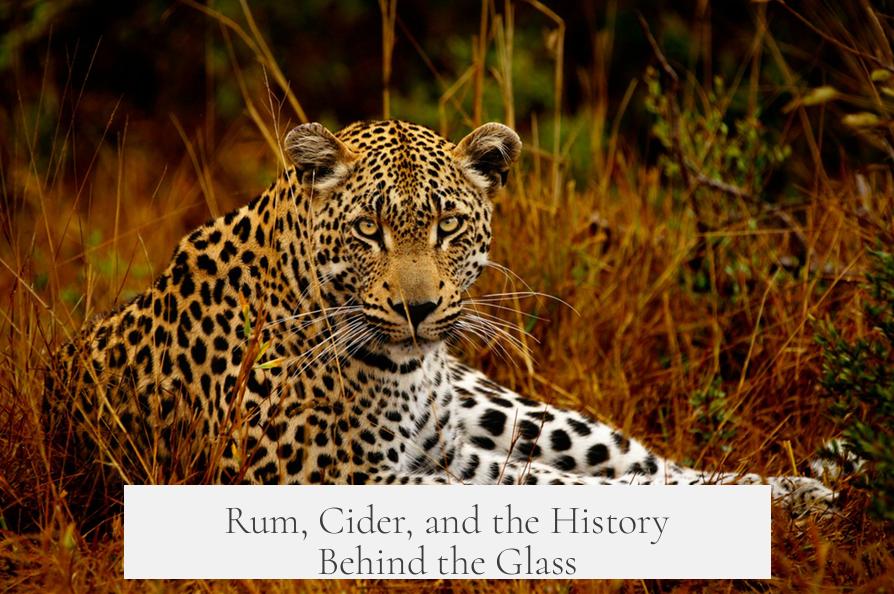
Trace a bit further back to the times before the Wild West boom. By 1770, Americans routinely started their mornings with a small alcoholic “pick-me-up,” often rum or cider. Rum, especially, was dominant but declined after the American Revolution as relations with Britain soured, cutting off access to British rum.
Enter the Scotch and Irish immigrants, who ramped up whisky production. This shift helped the new nation survive its quests and quarrels. Drinking distilled liquor peaked around 1830, with an average American consuming about 7 gallons a year. However, by the 1850s, German beer culture and temperance movements began turning the tide toward beers and lighter drinks.
Supplying the Thirst: How Remote Saloons Stayed Stocked
Now, you might wonder: how did remote mining towns far from major cities keep their glasses filled with such variety?
These booming towns were tightly linked to the national economy. When a sudden demand for metals sprung up, a town would pop up fast. Miners flush with cash expected a good time, and opening a saloon on a $200 investment was often a smart move. Between contracts with breweries and national distribution networks, saloons stocked beer on tap and a variety of liquors.
By 1897, more than 250,000 liquor dealers operated nationwide—an impressive supply chain for frontier drinking.
Saloons: The Original Social Network
Beyond the drinks themselves, saloons served as community hubs. Sure, they had booze, but they were also places where working-class men debated politics, swapped news, and sought entertainment. Some even doubled as grocery or general stores. Alcohol was just one part of this social tapestry.
Also, a less talked about but important facet was the intertwined relationship between saloons and prostitution. Both thrived together in many frontier towns. Intoxicants, including alcohol and sometimes opiates, fueled this complex social economy.
So, What Does This Tell Us?
If the Wild West is only whiskey, you’re missing half the story. Beer—German-style lagers, ales, and drafts—ruled the taps. Wine and champagne graced glasses for those wanting a bit of class. Gin offered a familiar British hint alongside whiskey. Mixers like ginger and soda water refined and varied flavors. Even mineral water filtered through fancy filters made an appearance.
And that’s just the beverages. The saloon itself was a vital cultural cornerstone refusing to be pigeonholed as merely a watering hole. It was a marketplace, a political arena, a social club, and sometimes a den of vice.
Want to Reimagine the Wild West?
Next time you watch a cowboy raise a glass, think: what’s actually inside? Is it a crisp pilsner from the local brewery contract? A splash of ginger with gin? Or maybe a glass of Port accompanying a poker hand? The drinks tell stories beyond the drams of whiskey, revealing the complexity of life on the frontier.
Cheers to uncovering the real Wild West—one drink at a time.
